Long-distance quantum communication can be achieved by directly sending light through space using a train of orbiting satellites that function as optical lenses.
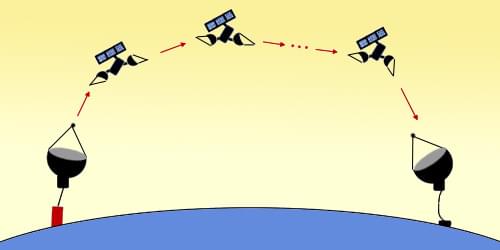

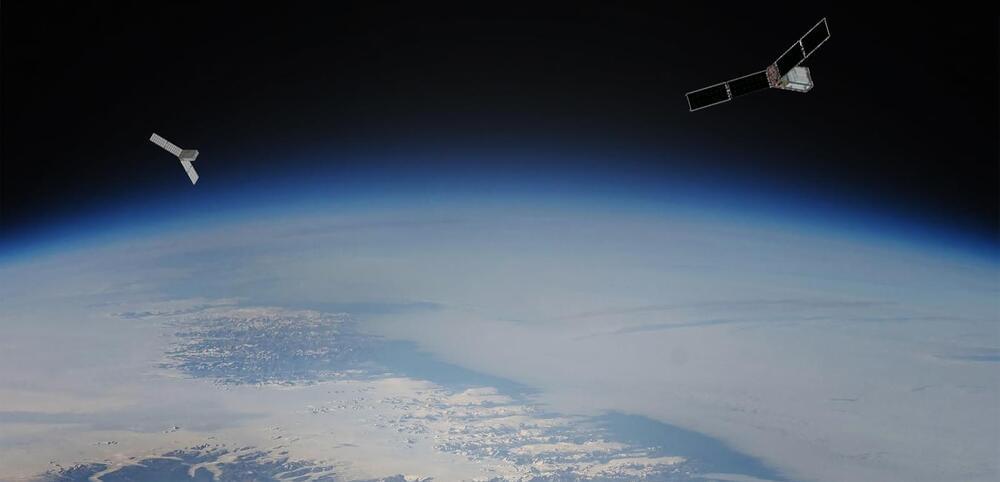
WASHINGTON — NASA selected Rocket Lab to launch a pair of cubesats in 2024 to monitor energy entering and exiting the polar regions of the planet.
NASA announced Aug. 14 it awarded a task order through its Venture-class Acquisition of Dedicated and Rideshare (VADR) contract to Rocket Lab for the launch of two 6U cubesats for the Polar Radiant Energy in the Far-InfraRed Experiment, or PREFIRE mission.
The NASA announcement did not disclose the value of the task order. The agency stated in past awards done under VADR that the pricing is considered “proprietary” because the awards are competed in a closed environment, with only companies on the VADR contract eligible to bid on launches of taxpayer-funded missions.
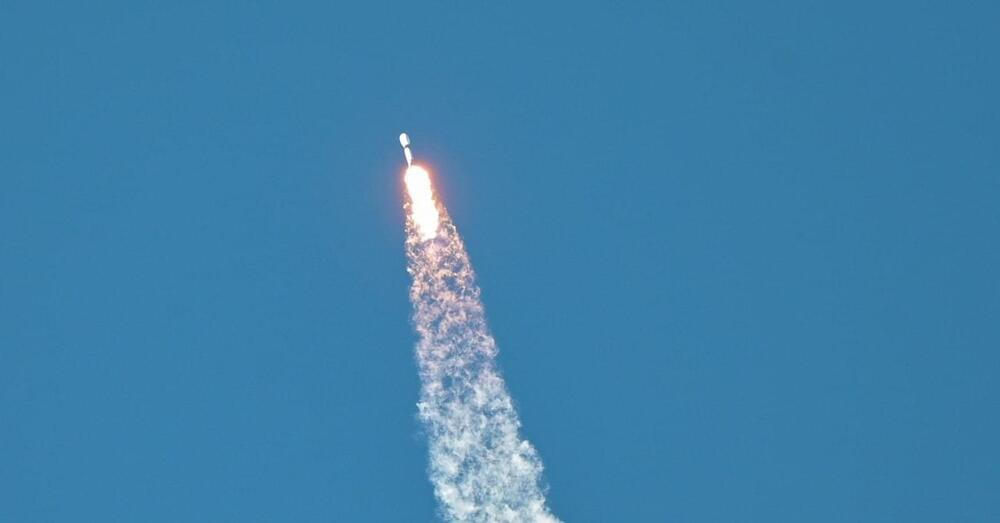

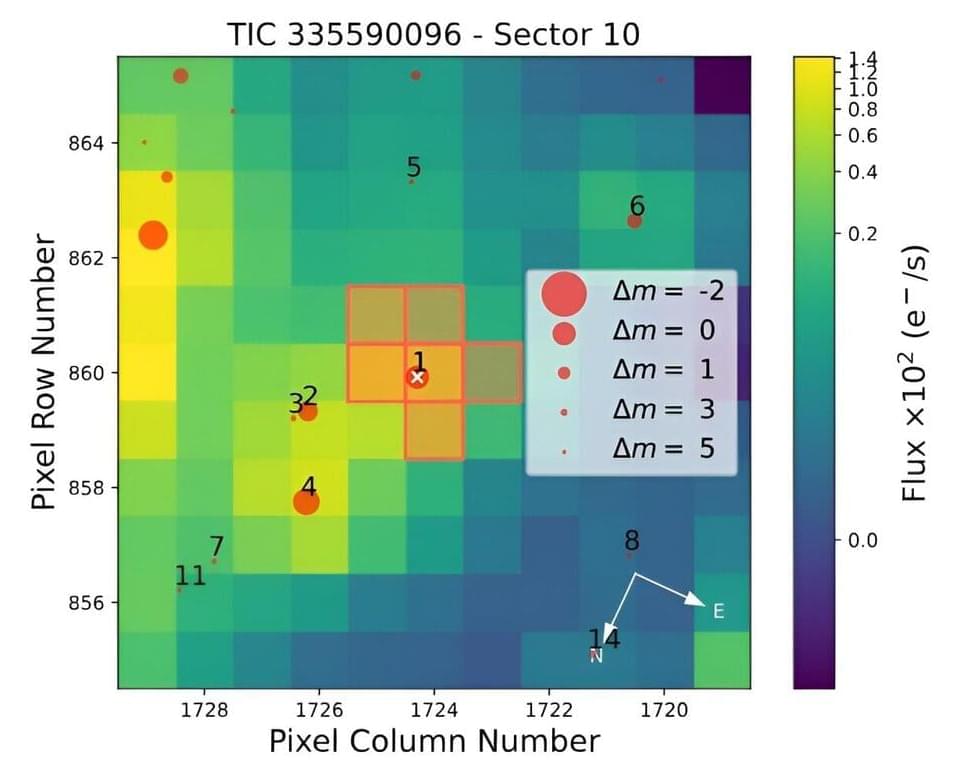
Using NASA’s Transiting Exoplanet Survey Satellite (TESS), an international team of astronomers has discovered a new giant exoplanet transiting a nearby M-dwarf star. The newfound alien world, designated TOI-4860 b, is comparable in size and mass to Saturn. The finding is reported in a paper published August 2 on the pre-print server arXiv.
TESS is conducting a survey of about 200,000 of the brightest stars near the sun with the aim of searching for transiting exoplanets. So far, it has identified over 6,700 candidate exoplanets (TESS Objects of Interest, or TOI), of which 373 have been confirmed so far.
Now, a group of astronomers led by Jose Manuel Almenara of the Grenoble Alpes University in France, reports the confirmation of another TOI monitored by TESS. They identified a transit signal in the light curve of an M-dwarf star known as TOI-4860. The planetary nature of this signal was confirmed by ground-based follow-up photometric observations.
Jeff Bezos’ e-commerce giant is set to rival Elon Musk’s Starlink service with its 3,200-internet satellite mega-constellation.
Amazon has announced it will now deploy its two Project Kuiper prototype satellites aboard a United Launch Alliance (ULA) Atlas V rocket this fall.
The satellites had been scheduled to launch on the debut flight of ULA’s Vulcan Centaur rocket. However, delays to the new rocket’s maiden flight and time constraints related to Federal Communications Commission (FCC) regulations have led to Amazon making the shift.
Project Kuiper, Amazon’s satellite broadband program, will launch two prototype satellites on an upcoming United Launch Alliance mission to test system performance in space.
Expand your scientific horizon with Brilliant! First 200 to use our link https://brilliant.org/sabine will get 20% off the annual premium subscription.
Today I have an update on the reproduction efforts for the supposed room temperature superconductor, LK 99, the first images from the Euclid mission, more trouble with Starlink satellites, first results from a new simulation for cosmological structure formation, how to steer drops with ultrasound, bacteria that make plastic, an improvement for wireless power transfer, better earthquake warnings, an attempt to predict war, and of course the telephone will ring.
Here is the link to the overview on the LK99 reproduction experiments that I mentioned: https://urlis.net/vesb75fq.
💌 Support us on Donatebox ➜ https://donorbox.org/swtg.
🤓 Transcripts and written news on Substack ➜ https://sciencewtg.substack.com/
👉 Transcript with links to references on Patreon ➜ https://www.patreon.com/Sabine.
📩 Sign up for my weekly science newsletter. It’s free! ➜ https://sabinehossenfelder.com/newsletter/
👂 Now also on Spotify ➜ https://open.spotify.com/show/0MkNfXlKnMPEUMEeKQYmYC
🔗 Join this channel to get access to perks ➜
https://www.youtube.com/channel/UC1yNl2E66ZzKApQdRuTQ4tw/join.
🖼️ On instagram ➜ https://www.instagram.com/sciencewtg/
00:00 Intro.
00:39 LK99 Superconductor Update.
03:03 First Images from Euclid Mission.
04:19 Starlink Satellites Leak Radiowaves.
06:13 New Cosmological Structure Formation Simulation.
08:27 An Ultrasound Platform to Levitate and Steer Drops.
09:43 Bacteria That Make Recyclable Plastic.
11:02 Better Wireless Power Transfer.
13:02 A New Earthquake Precursor.
14:34 War Predictions.
16:00 Learn Science With Brilliant.
#science #sciencenews
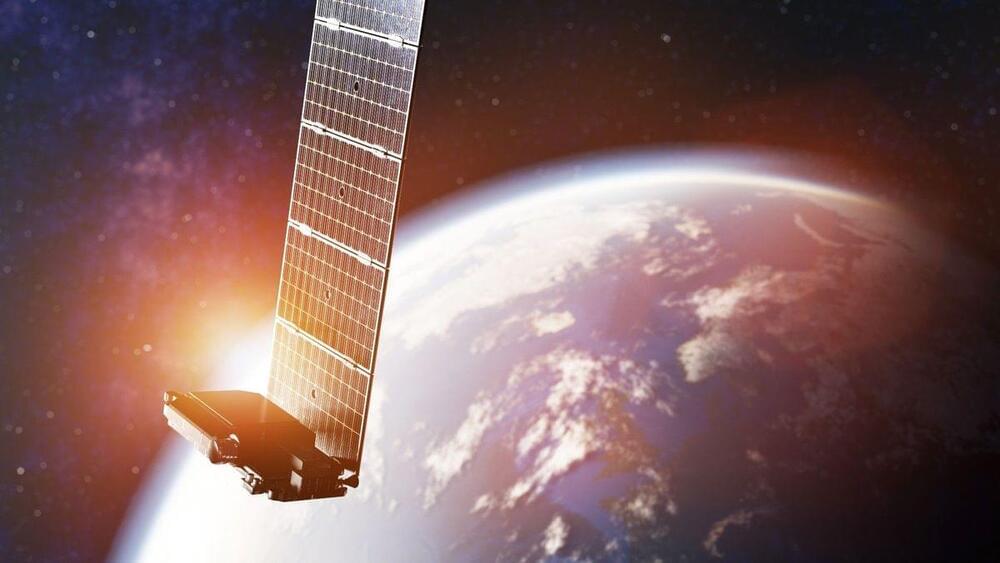
A number of military leaders around the world have expressed concerns to US officials over the dominance and control of SpaceX founder Elon Musk over satellite internet, according to a new report.
Over the past decade Musk’s SpaceX has changed the launch industry with its reusable Falcon 9 rocket. The company has pressed this advantage to establish itself as the leading player in satellite internet through Starlink.
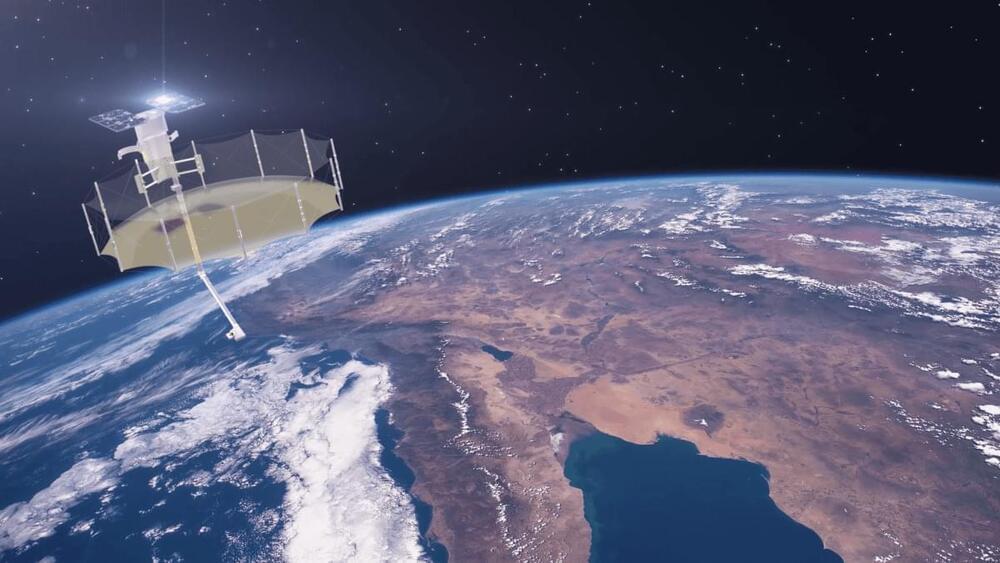
Update: The story has been updated to include comments from Capella Space CEO Payam Banazadeh and Phase Four. Paragraph five and six have been updated with additional context on solar flair activity and premature satellite reentry, and paragraph eleven contains additional information on Phase Four technology.
Capella Space’s synthetic aperture radar satellites are falling back to Earth much sooner than the three years they were anticipated to operate, according to publicly available satellite data.
The startup has launched a total of ten small satellites to low Earth orbit since 2018, including eight in its family of “Whitney”-class spacecraft. Five of these satellites have reentered the atmosphere since the end of January of this year, including three of the Whitneys. Those Whitney sats were in orbit for less than two-and-a-half years; one, Capella-5, was in orbit for less than two years.
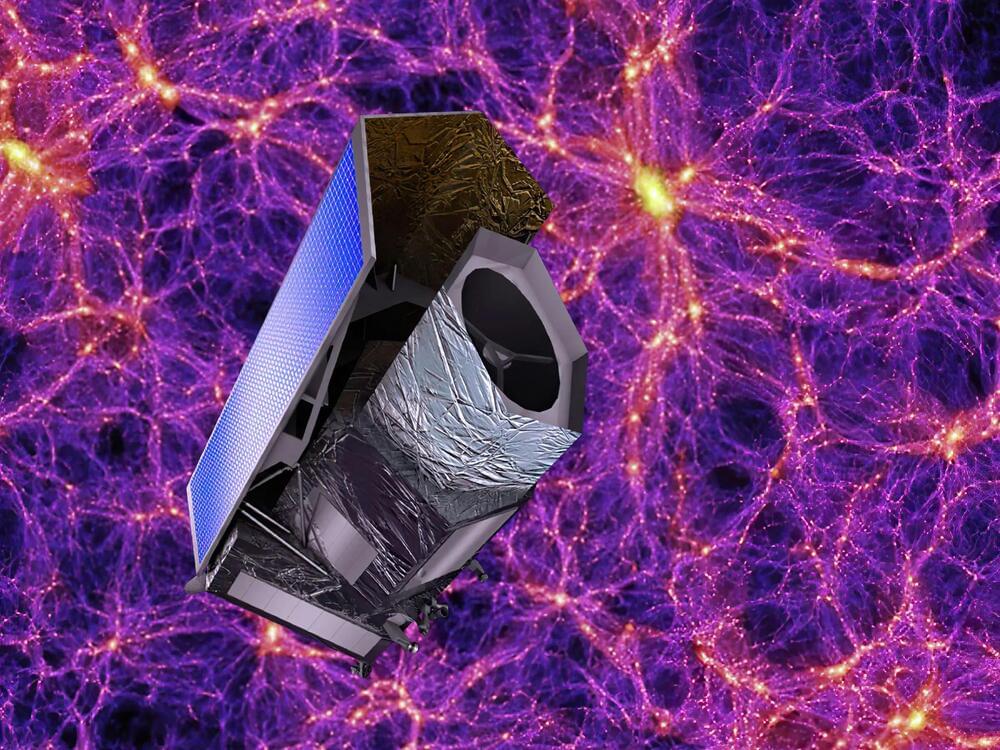
Euclid, a space mission led by the European Space Agency.
The European Space Agency (ESA) is an intergovernmental organization dedicated to the exploration and study of space. ESA was established in 1975 and has 22 member states, with its headquarters located in Paris, France. ESA is responsible for the development and coordination of Europe’s space activities, including the design, construction, and launch of spacecraft and satellites for scientific research and Earth observation. Some of ESA’s flagship missions have included the Rosetta mission to study a comet, the Gaia mission to create a 3D map of the Milky Way, and the ExoMars mission to search for evidence of past or present life on Mars.